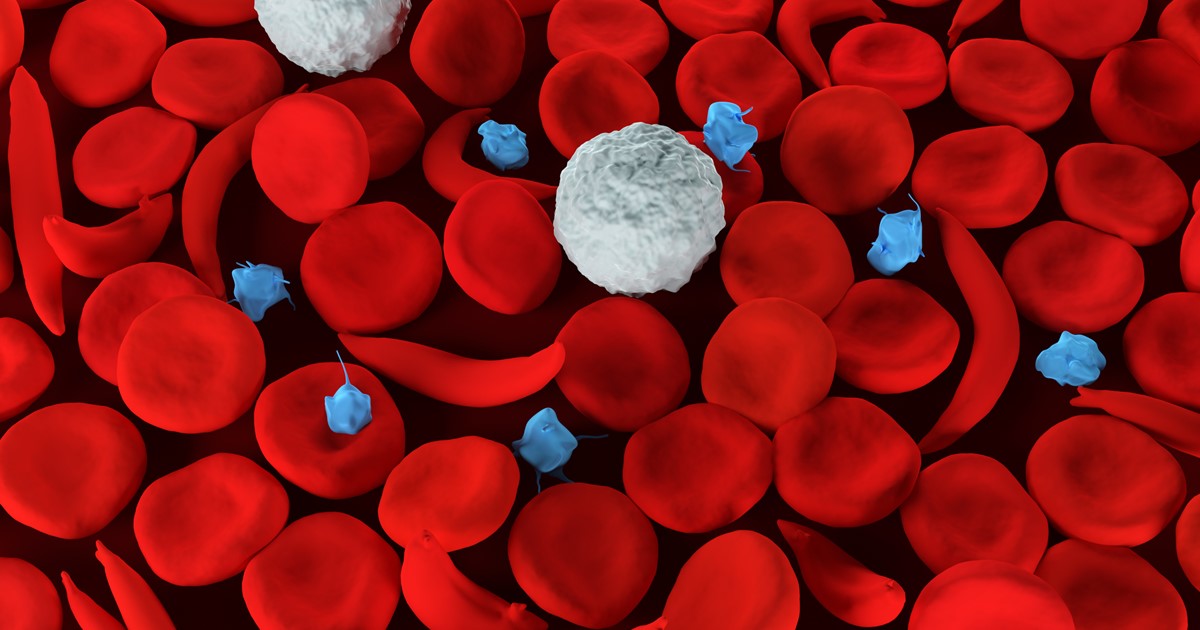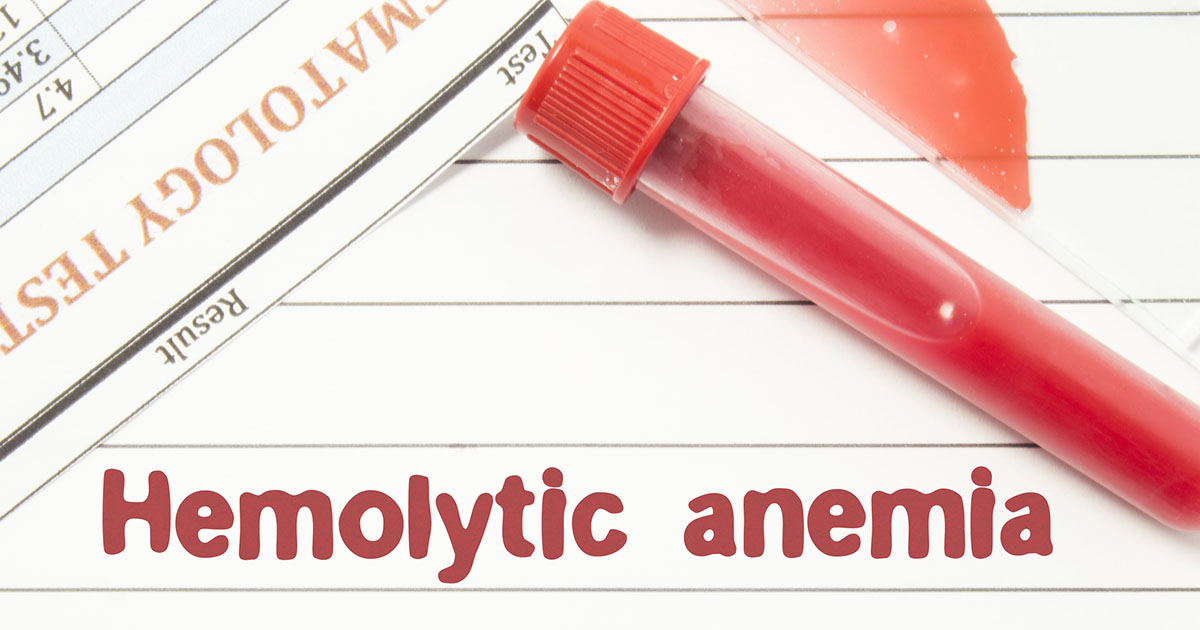What Are The Major Types Of Anemia?
Sickle Cell Anemia

Sickle cell anemia occurs when an individual's anemia is the result of a hereditary genetic mutation that causes their body to produce sticky, rigid, non-functional, and misshapen hemoglobin in the red blood cells. The abnormal hemoglobin-containing red blood cells in these individuals are called sickle cells because of the odd shape they take. The body of an affected individual makes many sickle cells that do not function in the place of healthy red blood cells, causing anemia. Symptoms that may be isolated to the sickle cell variation of anemia include periodic or frequent episodes of pain in the abdomen, joints, and chest, retinal damage that causes vision problems, swelling of the feet and hands, and growth delays. The only possible way to cure a patient's sickle cell anemia is through a bone marrow transplant. Otherwise, treatment for the condition focuses on the prevention of complications, relief of symptoms, and avoidance of crises. Medications can be used to alleviate pain and prevent infection, while frequent blood transfusions can be utilized to keep the patient stable and prevent life-threatening complications.
Read more about the various types of anemia now.
Hemolytic Anemia

Hemolytic anemia is a variation of anemia characterized by a low number of red blood cells because they are being destroyed quicker than the body can replace them. Hemolytic anemia can be caused by inherited genetic factors, or it can be acquired at a later time following birth. Inherited hemolytic anemia can happen when an inherited disease or condition causes a patient to produce red blood cells with a shorter lifespan then healthy red blood cells. An individual can acquire hemolytic anemia due to blood cancers, viral or bacterial infections, use of certain medications, presence of mechanical heart valves, an overactive spleen, or a severe reaction from a blood transfusion. Symptoms that may indicate an individual has the hemolytic form of anemia include enlarged liver and spleen, heart murmur, confusion, dark colored urine, fever, and jaundice. The treatment for hemolytic anemia is based on its underlying cause. Some patients may need to take corticosteroid medications, receive blood transfusions, undergo immunosuppressive therapy, or have surgery to remove their spleen.
Uncover more types of anemia now.
